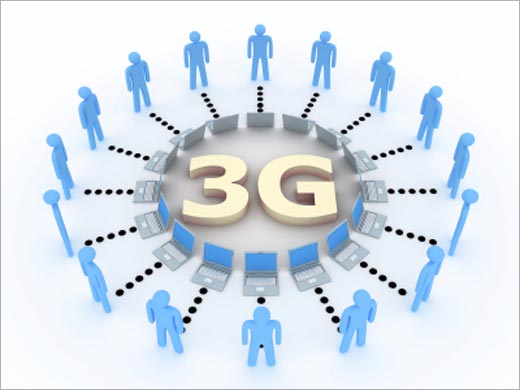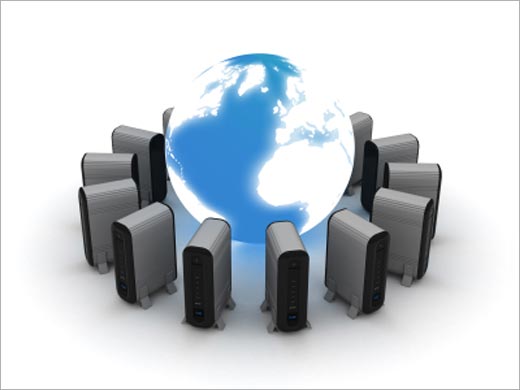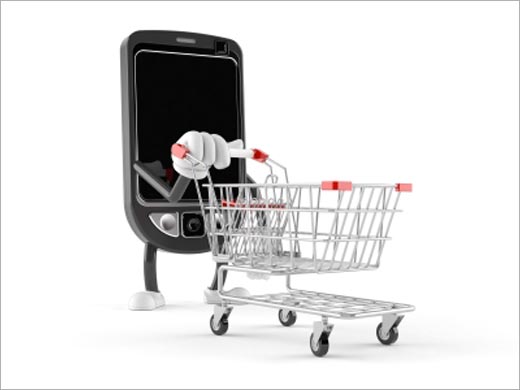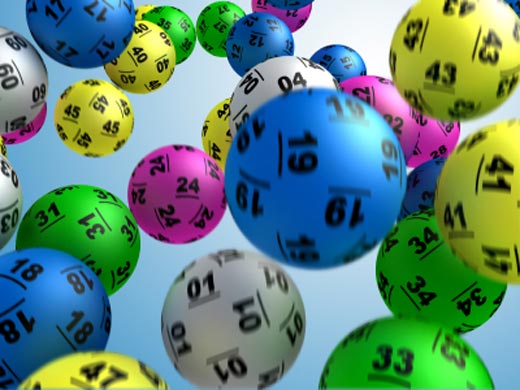As 2010 draws to a close, Juniper Research has drawn up a list of predictions for the coming year, all neatly wrapped up as the top trends for the mobile and wireless industry for 2011. A free report detailing the findings is available to download from the Juniper website today.
Click through for the top 10 wireless predictions for 2011, from Juniper Research.
As Juniper Research predicted at the end of 2009, 2010 was the year in which the surge in mobile data traffic, driven by the consumer smartphone boom, began to place the 3G networks under severe strain. A number of network operators have responded by introducing tiered data pricing – a trend which will undoubtedly increase – but as smartphone adoption continues apace, network capacity will be sorely tested in 2011. Tiered pricing (and the use of Wi-Fi as capacity relief) may serve to alleviate the problem to a certain extent, but until we see mass deployments of LTE networks (and, equally important, devices that are LTE-capable), operators face a nervous period of attempting to manage the transition.
Augmented Reality, or AR, has largely been used in local search and reference applications thus far, but is now attracting the attention of the retail industry. Given its potential to geotag products or locations with brand/campaign-specific information, as we near the end of 2010 a raft of major retailers and brands (including eBay, H&M and Carlsberg) are releasing apps with an AR element. With Apple opening its accelerometer and gyroscope APIs to mobile Safari developers, there is also an opportunity for AR-enabled Web-based apps. Also expect to see an increasing number of AR-based games – THQ Wireless’ forthcoming Star Wars Arcade: Falcon Gunner likely to be the first of many such titles.
So far mobile operating systems have followed their PC-based cousins, the structure for which was formulated when the Web was in its infancy. Consequently, with the Web having taken-off, for some time now industry figures have been talking about the potential for applications to run from a “cloud”. Google announced the start of new project, the Chrome cloud OS in 2009; and the latest is that it will be launched in early 2011. With network reach and reliability reaching a point where cloud-based solutions can be considered viable, and remote servers already being used to allow the mobile Internet and e-mail, we believe 2011 will see the launch of the first cloud OS for mobile.
Banks in developed countries will harness the power of the app and the smartphone to provide their customers with a much improved and personalized service experience. The sign-up process will be a simple box to tick in account opening processes (where it isn’t already) from banks that are keen to make life easier for customers by proving the ability to manage their money on the move in what might otherwise be dead time.
2011 looks like the year when, in some countries at least, using your phone as a credit card for lower value purchases will become a reality. Google recently announced that NFC (Near Field Communication) technology will be supported in the next release of Android – 2.3 or “Gingerbread”; a natural step, given it already offers several mobile commerce apps and services including shopping, coupons and products search. Also, Nokia’s C7 handset has an NFC chip included, which will be activated in 2011, and rumors of Apple’s next iPhone including NFC refuse to die down. A word of caution: it won’t all happen at once as stores need to deploy contactless readers, and more problematically, it is dependent on user preference; however, as with Bluetooth and cameras, we will see NFC in new devices whether we want it or not.
Locational and sensory features on smartphones, such as, accelerometers, gyroscopes, and GPS, have been key drivers in application development and handset manufacturers will be keen to add more “killer” features to their devices to give them that edge. With the aforementioned features becoming “as standard”, vendors are already looking to incorporate others, such as, proximity, temperature, biometrics, 3D displays, and projectors, into their handsets.
With lottery sales from traditional distribution channels in decline in many developed markets – notably the US – national/state lottery organizers are anxious to explore new means of distribution, and Juniper Research believes 2011 is the year when mobile lotteries will hit the mainstream. As consumers across all age ranges become more comfortable with browsing for content and making purchases via the mobile handset, this major hurdle to mobile lotteries will begin to disappear. We expect a raft of mobile lottery launches across the US and Europe, while VODone’s existing service in China (which already has more than 10 million registered users) is likely to experience further significant growth.
With the growing number of open Wi-Fi networks, and anti-virus vendor Kaspersky reporting the first virus designed to disrupt Google’s Android operating system, the risks for smartphone users will increase in 2011. Anti-virus and firewalls have been a “must-have” for PC users for some time, and with mobile handset featuring a wider array of connectivity options – and less secure ones – the lure for vigilantes and criminals is even greater. In light of this, anti-virus software vendors such as Kaspersky and McAfee are likely to make a concerted effort to sell into the mobile space in 2011.
Google is heavily rumored to be keen on purchasing Groupon, a company which sends users offers on products and services, but rather than providing a coupon, manages the transaction, taking a share of the proceeds. We expect a similar impact on this model from a Google acquisition as we saw with mobile advertising, when it purchased AdMob.
Sony Ericsson’s GreenHeart mantra lead to the Sony Ericsson Elm, a handset made from recycled plastics and free of hazardous chemicals, and comes with a low power consumption charger, reduced packaging, some eco-aware apps and an e-manual on the phone instead of a printed guide. Given this move, we expect other vendors to go down a similar route, in order to appeal to the increasingly environmentally-conscious consumer.













